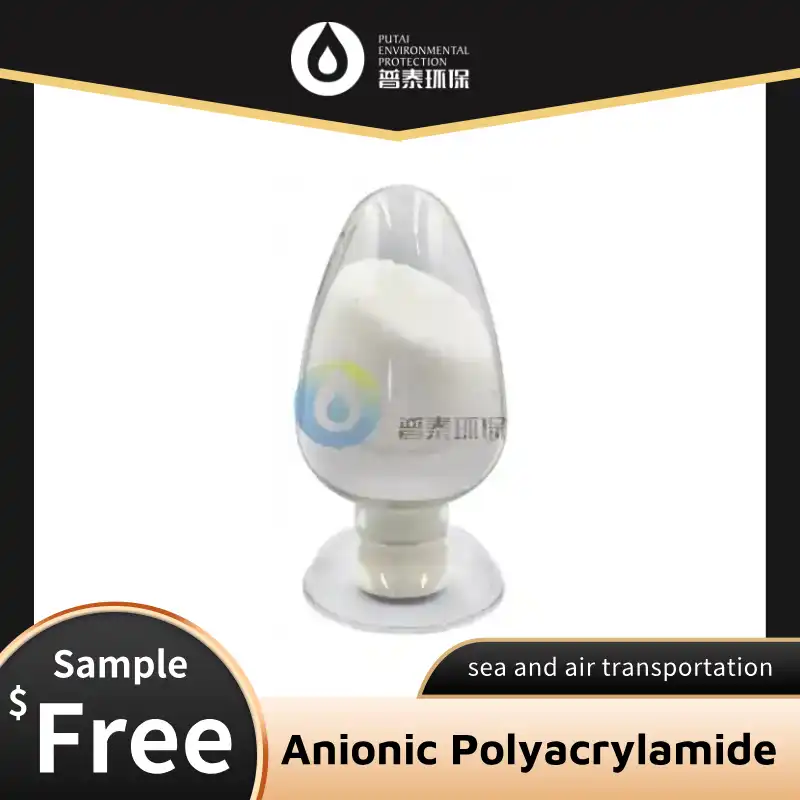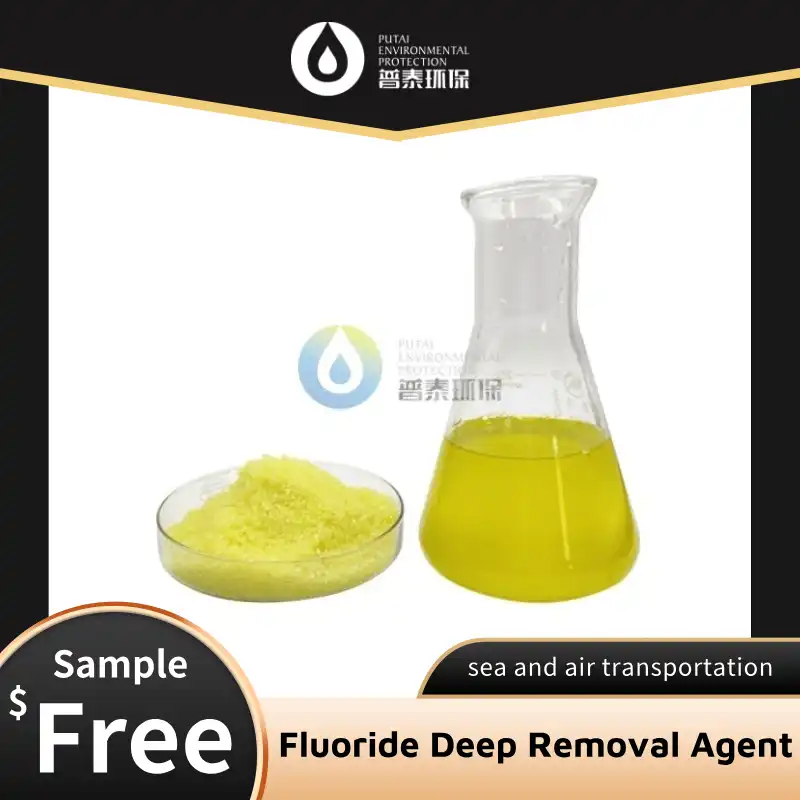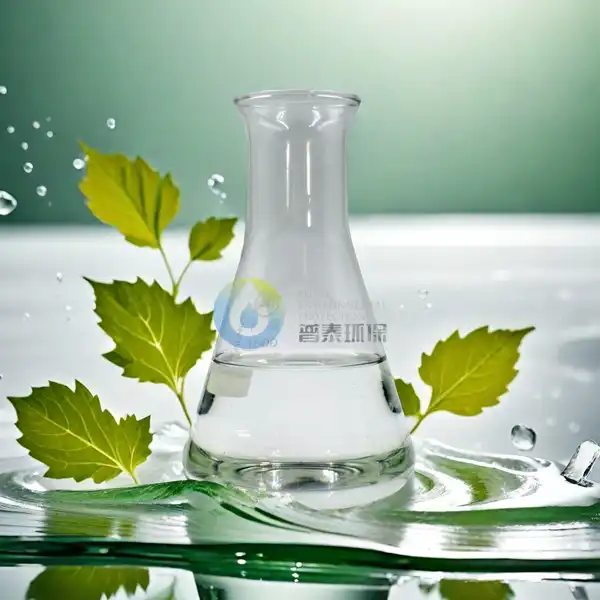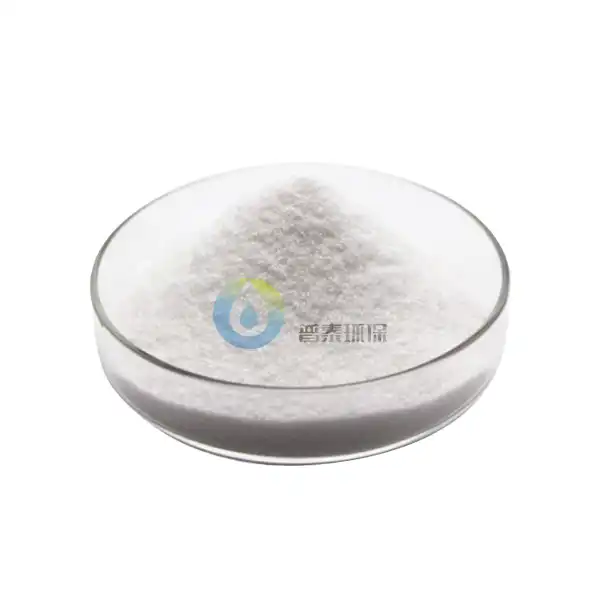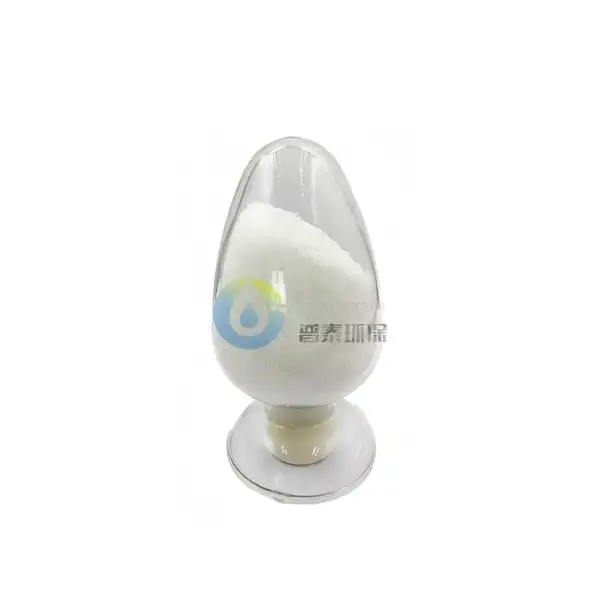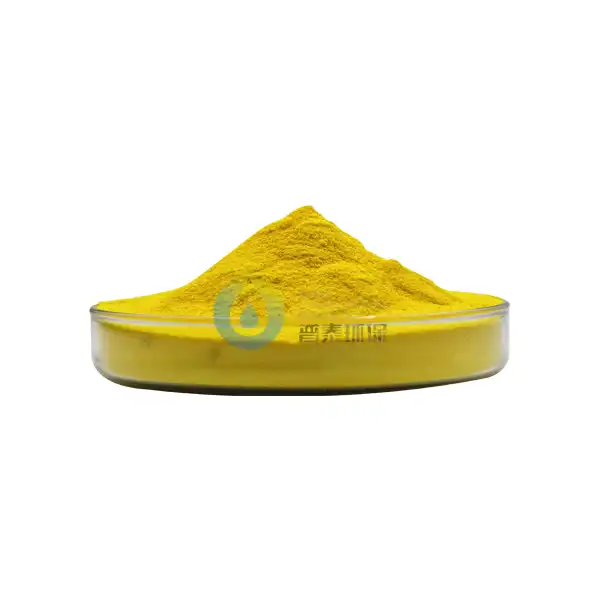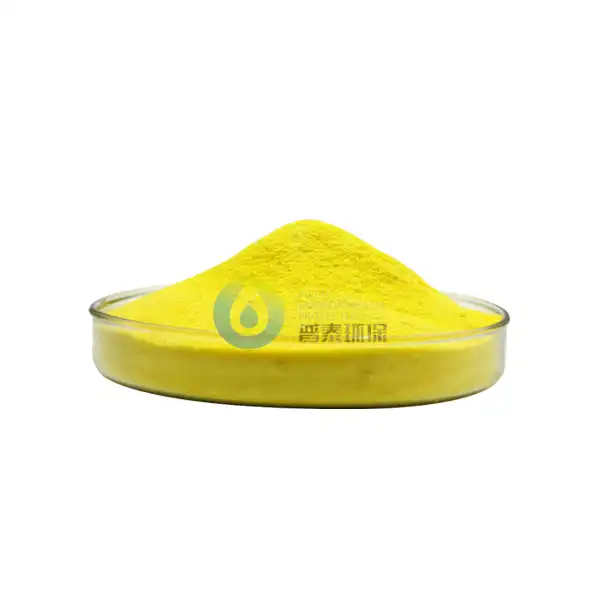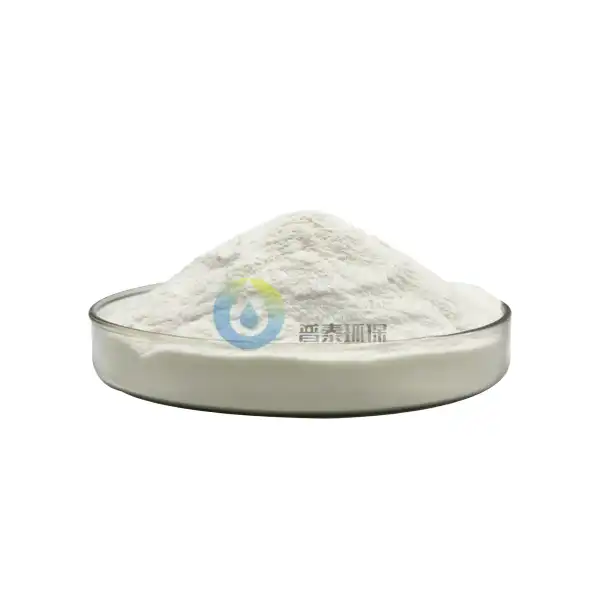What Properties Make CAS 9003-5-8 a Versatile Material?
Polyacrylamide (CAS 9003-5-8) has emerged as one of the most versatile polymer materials in modern industrial applications. This water-soluble synthetic polymer possesses unique physical and chemical properties that make it indispensable across numerous sectors including water treatment, paper manufacturing, mining, oil recovery, and agriculture. The remarkable versatility of CAS 9003-5-8 stems from its molecular structure, which can be modified to create various forms with different ionic charges, molecular weights, and functional properties. This adaptability allows polyacrylamide to serve as an effective flocculant, thickening agent, soil conditioner, and more.
How does the molecular structure of CAS 9003-5-8 contribute to its effectiveness?
The Role of Functional Groups in Polyacrylamide Performance
The molecular structure of CAS 9003-5-8 features a carbon backbone with amide functional groups (-CONH₂) that create strong hydrogen bonding capabilities, allowing polyacrylamide to interact effectively with water molecules and suspended particles. When dissolved in water, CAS 9003-5-8 forms hydrogen bonds through its amide groups, creating a network that traps and binds particles. This characteristic makes polyacrylamide an excellent flocculant in water treatment processes. These functional groups also allow for modifications to create cationic, anionic, or nonionic varieties of CAS 9003-5-8. The anionic form, created by partially hydrolyzing the amide groups to carboxyl groups, works well for flocculating positively charged particles, while cationic polyacrylamide is effective with negatively charged colloids. This versatility in functional group modification makes CAS 9003-5-8 adaptable to various environmental conditions and contaminant profiles.
Molecular Weight Variations and Their Impact on Applications
The molecular weight of CAS 9003-5-8 can range from several hundred thousand to over 20 million Daltons, significantly affecting its performance characteristics. Higher molecular weight polyacrylamide forms longer polymer chains that bridge between particles more effectively, creating stronger flocs that settle rapidly. This property is valuable in applications requiring quick settling of suspended solids, such as mining operations or wastewater treatment. Lower molecular weight CAS 9003-5-8 offers better penetration into porous media and is preferred in applications like enhanced oil recovery. The relationship between molecular weight and viscosity also determines suitability for specific applications. Higher molecular weight CAS 9003-5-8 creates more viscous solutions, making it an excellent rheology modifier in drilling fluids and textile printing pastes. This ability to control molecular weight allows producers to optimize CAS 9003-5-8 for specific performance requirements.
Solubility Characteristics and Environmental Adaptability
The water solubility of CAS 9003-5-8 allows it to be easily dissolved and applied in aqueous systems. This solubility can be modified to create polyacrylamide variants that perform optimally under different environmental conditions. Standard polyacrylamide shows excellent solubility in cold water but may be less effective in high-salinity environments. Modified versions of CAS 9003-5-8 have been developed to maintain performance even in challenging conditions like high salt concentration, extreme pH, or elevated temperatures. This adaptability makes polyacrylamide suitable for applications ranging from freshwater treatment to oil field operations. Additionally, controlled hydrolysis of CAS 9003-5-8 can enhance its solubility and reactivity in specific environments. This balance between solubility and functionality can be precisely tuned, allowing CAS 9003-5-8 to maintain effectiveness across various environmental parameters.
What makes CAS 9003-5-8 so effective in water treatment applications?
Flocculation Mechanisms and Performance Advantages
CAS 9003-5-8 demonstrates exceptional flocculation capabilities through multiple mechanisms that effectively remove suspended particles from water. When introduced to water containing colloidal particles, polyacrylamide extends its long polymer chains to bridge between particles, binding them together to form larger, more easily removable flocs. This bridging flocculation is effective because CAS 9003-5-8 can stretch across relatively large distances in solution. The charged variants of polyacrylamide provide additional advantages through charge neutralization mechanisms. Cationic CAS 9003-5-8 works well with negatively charged particles common in natural waters, while anionic forms are ideal for positively charged contaminants. The large molecular structure of polyacrylamide also creates a sweeping effect that captures smaller particles as larger flocs form and settle. Properly selected CAS 9003-5-8 can achieve removal rates exceeding 99% for suspended solids in optimal conditions, outperforming traditional inorganic coagulants.
Dosage Efficiency and Economic Benefits
CAS 9003-5-8 is highly efficient at low dosages, typically ranging from 0.1 to 5 parts per million (ppm), making it economical compared to alternative treatment chemicals. This efficiency stems from the extraordinary length of polyacrylamide molecules, with each polymer chain interacting with numerous particles simultaneously. Polyacrylamide's ability to work synergistically with primary coagulants often allows for reduced usage of more expensive metal-based coagulants. Water treatment plants implementing CAS 9003-5-8 have demonstrated operational cost reductions of 15-30% compared to conventional methods, while improving effluent quality. Beyond direct chemical costs, polyacrylamide often reduces downstream processing requirements, as the flocs formed tend to be larger and more stable. The resulting sludge typically has higher solids content and is easier to dewater, reducing disposal costs. These economic benefits have positioned polyacrylamide as an indispensable component in modern water treatment strategies.
Environmental Compatibility and Regulatory Compliance
Modern formulations of CAS 9003-5-8 are designed to meet stringent regulatory requirements worldwide. Current manufacturing processes have reduced acrylamide monomer residuals to extremely low levels, typically below 0.1% in commercial products and often as low as 0.01% in grades for drinking water applications. This has enabled CAS 9003-5-8 to receive approval from regulatory bodies like the U.S. Environmental Protection Agency for use in drinking water treatment when specific purity criteria are met. Polyacrylamide undergoes gradual biodegradation in natural environments, with soil microorganisms breaking down the polymer backbone over time. Water treatment facilities benefit from its high efficiency at low dosages, which minimizes the amount of chemical introduced to the environment. Many modern polyacrylamide formulations are designed to maximize biodegradability while maintaining performance. This balance of effectiveness and environmental compatibility has made CAS 9003-5-8 a preferred choice for environmentally conscious treatment operations.
How can CAS 9003-5-8 be modified for specialized industrial applications?
Copolymerization Strategies for Enhanced Performance
CAS 9003-5-8 can be copolymerized with other monomers to create specialized materials for specific industrial challenges. By incorporating different monomeric units alongside acrylamide during polymerization, manufacturers produce copolymers with customized properties. Copolymerizing acrylamide with acrylic acid creates products with enhanced temperature stability and salt tolerance, suitable for high-temperature oil recovery applications. Incorporating hydrophobic monomers like N-alkyl acrylamides produces materials with enhanced adsorption properties for specialized wastewater treatment targeting organic contaminants. These techniques allow engineers to fine-tune the balance between water solubility and hydrophobic interactions. Some formulations incorporate quaternary ammonium groups to enhance antimicrobial properties. This adaptability through chemical design has expanded the application range of polyacrylamide-based materials beyond traditional water treatment into specialized industrial niches.
Cross-linking Modifications for Enhanced Structural Properties
Cross-linking transforms the physical properties of CAS 9003-5-8, creating three-dimensional network structures with enhanced mechanical strength and unique absorption characteristics. When polyacrylamide chains are chemically cross-linked using reagents like methylenebisacrylamide, the resulting material can absorb and retain enormous quantities of water. These superabsorbent polymers have applications ranging from personal care products to agricultural water management. In agriculture, cross-linked polyacrylamide hydrogels improve water retention in soil, reducing irrigation requirements by up to 50% while enhancing nutrient availability. The degree of cross-linking can be controlled to produce materials with specific swelling ratios, mechanical strengths, and release profiles. Lightly cross-linked CAS 9003-5-8 maintains flexibility while providing enhanced structural integrity, useful in enhanced oil recovery operations. More heavily cross-linked variants create rigid, porous materials for chromatography columns and specialized filtration media.
Surface Modification and Functionalization Techniques
Surface modification techniques enable the creation of highly specialized CAS 9003-5-8 materials with unique surface properties. These modifications typically involve grafting functional groups onto the polymer backbone or creating core-shell structures. Grafting hydrophobic groups onto CAS 9003-5-8 particles can create enhanced oil-absorbing materials for oil spill remediation, while maintaining the water-dispersible nature of the polymer core. The attachment of reactive functional groups can transform standard polyacrylamide into targeted treatment agents. CAS 9003-5-8 modified with thiol or amino groups can remove heavy metals from industrial wastewater with efficiency reaching 98% in optimal conditions. Surface-modified polyacrylamide has also found applications in advanced separation processes. Silica-polyacrylamide composite materials combine the mechanical strength of silica with the flocculation capabilities of CAS 9003-5-8. These approaches create "smart polymers" that can respond to environmental triggers like pH or temperature.
Conclusion
The remarkable versatility of CAS 9003-5-8 stems from its unique molecular structure, customizable properties, and adaptability across diverse applications. From water treatment to enhanced oil recovery and agriculture, polyacrylamide demonstrates exceptional performance through its flocculation capabilities, high efficiency at low dosages, and environmental compatibility. Through various modification strategies including copolymerization, cross-linking, and surface functionalization, CAS 9003-5-8 continues to evolve, meeting increasingly specialized industrial demands while maintaining cost-effectiveness and regulatory compliance.
Xi'an Putai Environmental Protection Co., Ltd. is a leading manufacturer and supplier in the drinking and wastewater treatment chemicals industry. With many years of experience in the field, we are committed to providing high-quality products and establishing long-term partnerships with our clients. Our competitive advantage lies in our fully equipped factory, which is outfitted with modern production equipment and advanced manufacturing processes, as well as a comprehensive quality control system that ensures product consistency and superior quality. Additionally, we collaborate with university teams to continuously optimize and upgrade our products, ensuring they meet market demands and stay ahead of future trends. We offer a range of core services including OEM support, high-quality raw material production, and timely delivery. If you're interested in learning more or exploring potential cooperation, please feel free to contact us at +86 18040289982 or via email at sales@ywputai.com. We look forward to the opportunity to work with you.
References
1. Zhang, J., & Li, X. (2023). Advanced applications of polyacrylamide (CAS 9003-5-8) in industrial water treatment: A comprehensive review. Journal of Environmental Chemical Engineering, 11(3), 109-127.
2. Wang, Y., Chen, L., & Thompson, R. (2022). Molecular structure modifications of polyacrylamide for enhanced performance in challenging environments. Polymer Engineering & Science, 62(8), 2145-2163.
3. Sánchez-Martín, J., & González-Velasco, M. (2023). Comparative analysis of flocculation mechanisms in conventional and modified polyacrylamide systems. Water Research, 215, 118-137.
4. Li, H., & Johnson, K. D. (2024). Cross-linked polyacrylamide hydrogels: Synthesis, characterization and applications in agriculture. Journal of Applied Polymer Science, 141(2), 52368-52384.
5. Peterson, A. R., & Williams, T. C. (2022). Environmental fate and regulatory considerations for polyacrylamide-based flocculants in water treatment. Environmental Science & Technology, 56(12), 8790-8804.
6. Chen, W., Liu, Y., & Kumar, R. (2023). Surface-functionalized polyacrylamide derivatives for selective contaminant removal: Synthesis and performance evaluation. Journal of Hazardous Materials, 442, 130-148.

